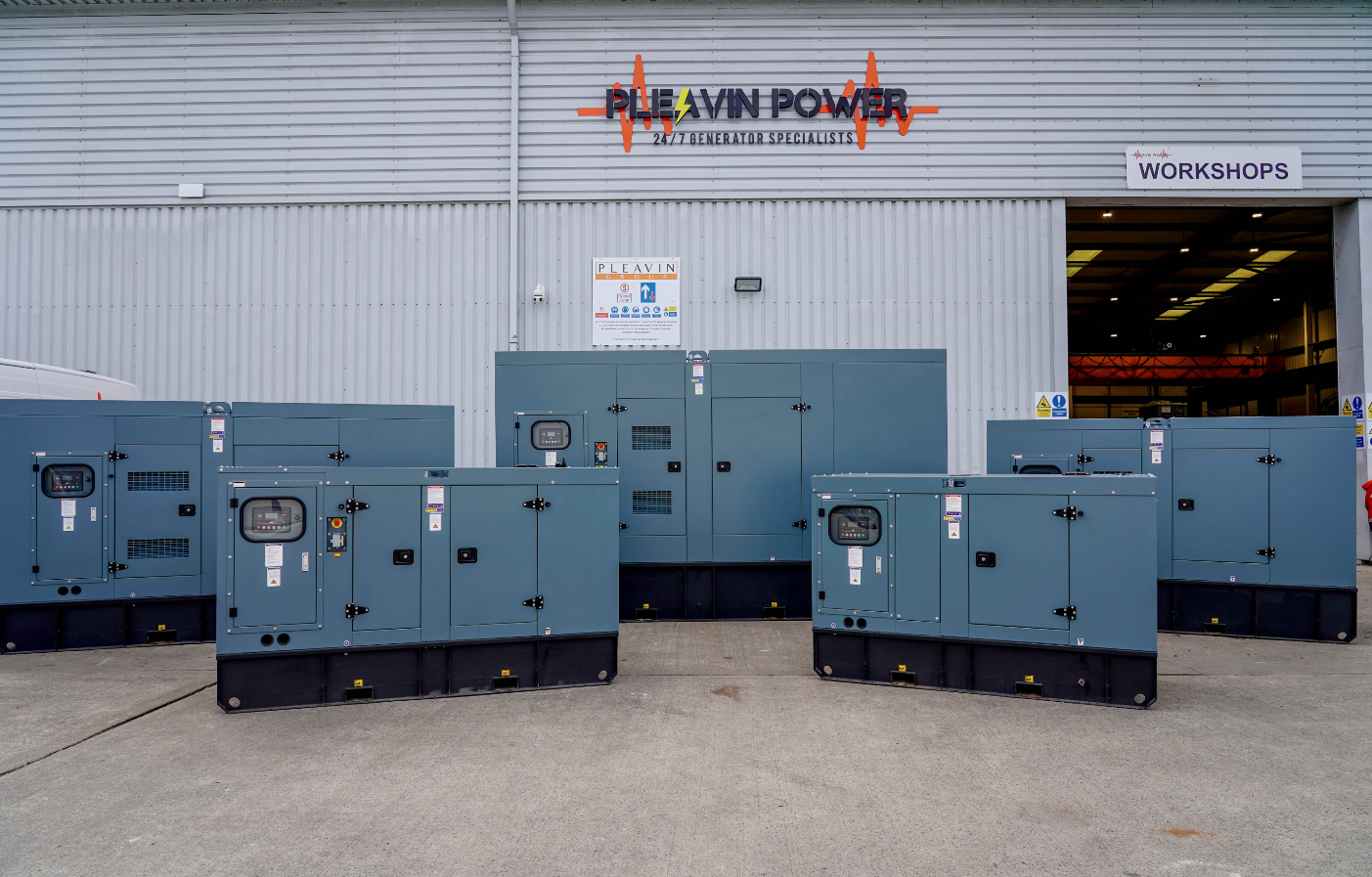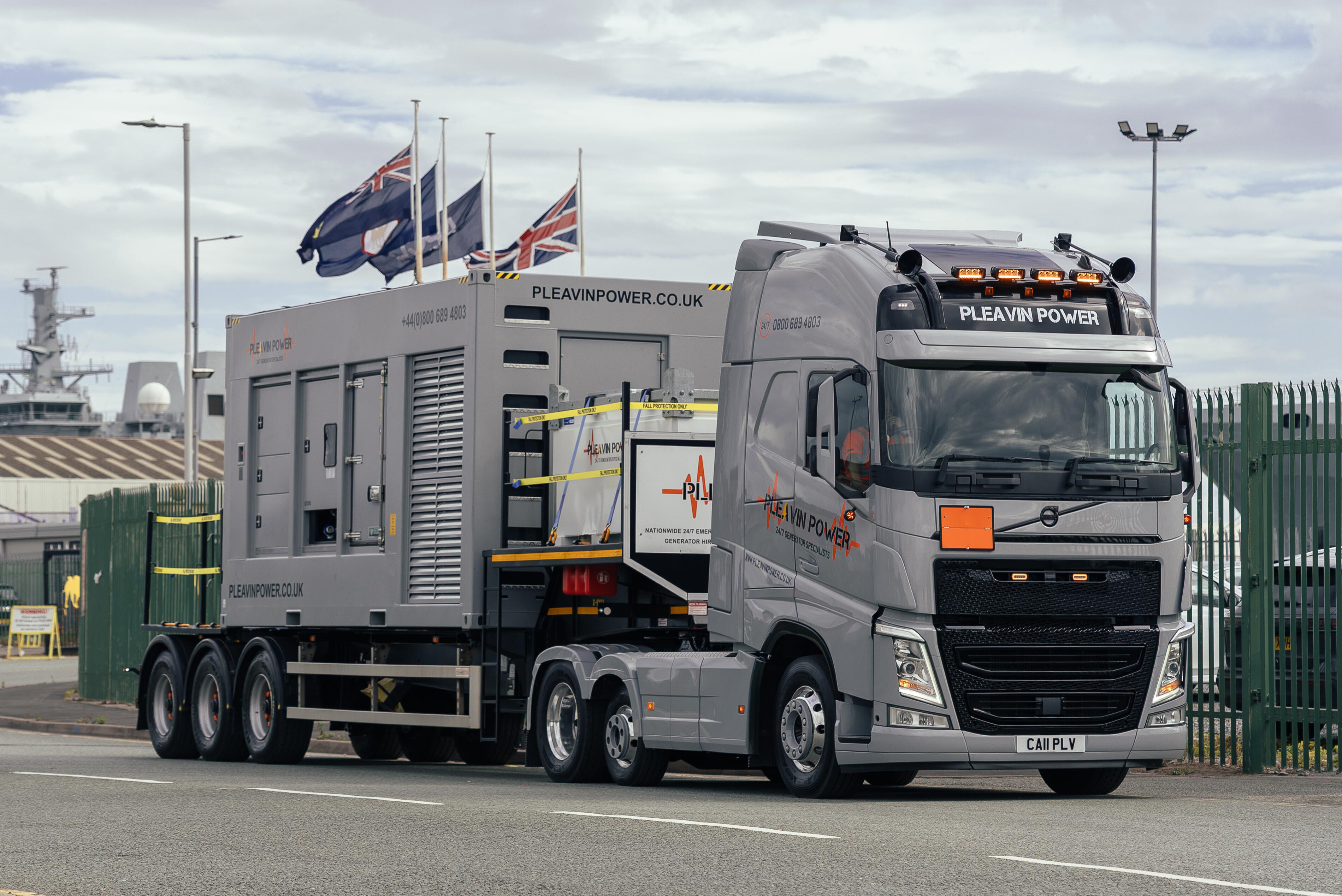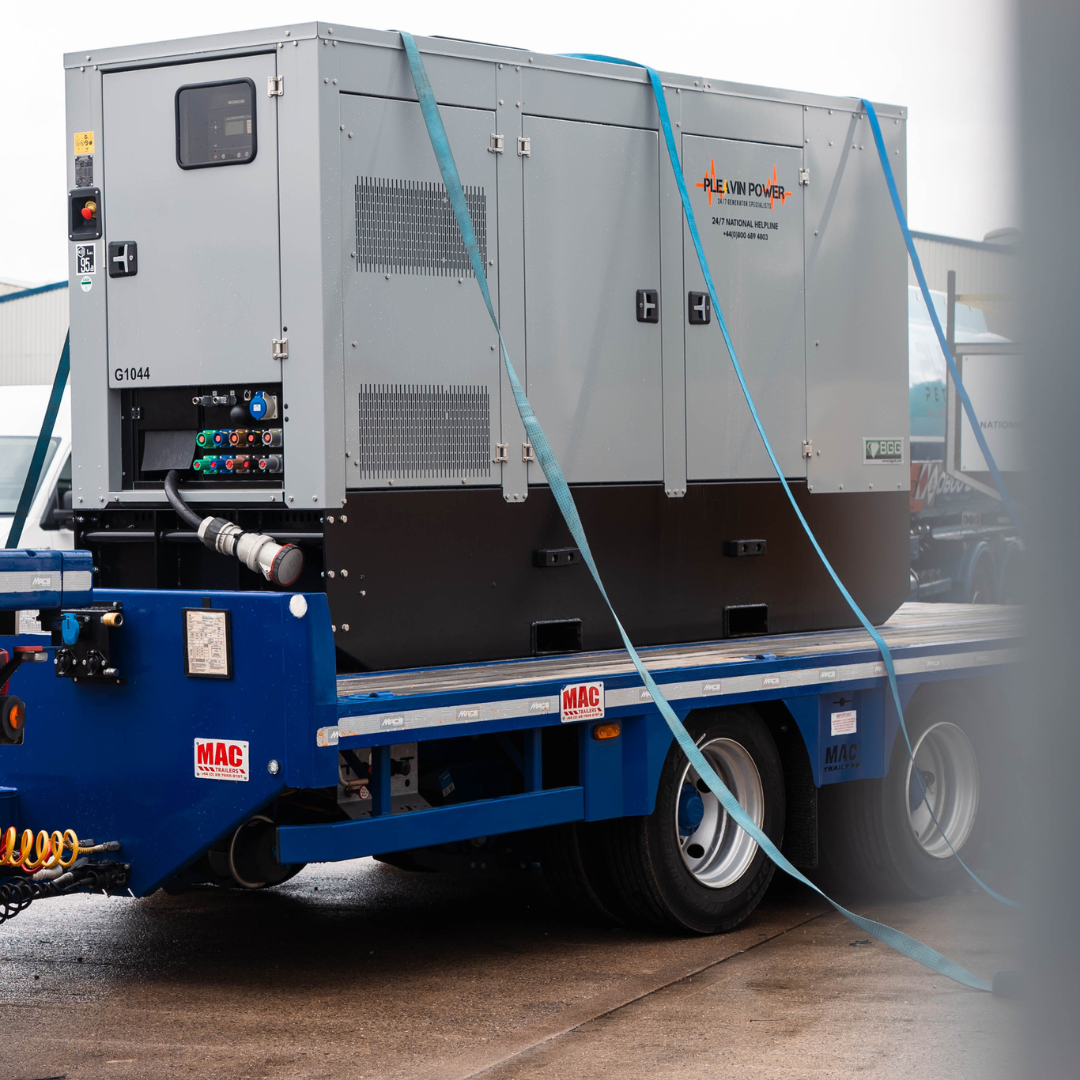Getting the right power capacity is crucial for keeping electrical systems efficient and reliable. One key term you’ll come across is kVA (kilovolt-amperes), a measure of apparent power that affects everything from equipment selection to load balancing.
But what does it really mean, and how does it compare to kW (kilowatts)? Understanding the difference – and how power factor fits in – can help you optimise performance and avoid costly mistakes.
What Does kVA Stand For?
kVA stands for kilovolt-amperes, which measures apparent power in an electrical system. It includes both real power (kW) and reactive power, which keeps the system stable but doesn’t do actual work. The difference between kVA and kW is down to power factor, which determines how efficiently electricity is used.
Getting kVA right is key when sizing electrical equipment. Since it factors in both usable and non-usable power it gives a clearer picture of what a system can handle. Generators, transformers, and other electrical devices often list their ratings in kVA to account for these differences.
For businesses running heavy-duty electrical equipment, kVA ratings help prevent overloads and inefficiencies. Using the wrong rating can mean wasted energy, increased costs or even equipment failures, and while a good UPS system can help buy time when this happens avoiding this with proper tuning is ideal.
Since kVA measures both active and reactive power, it provides a fuller picture than kW alone. Checking the kVA rating of a generator or transformer helps ensure it’s suited to the job and can handle the required load without issues.
kVA vs kW – What’s the Difference?
The key difference between kVA and kW is power factor, which measures how effectively electrical power is converted into useful work. kW represents real power – what actually runs your equipment – while kVA includes both real and reactive power.
For resistive loads like heating elements, power factor is close to 1, meaning kVA and kW are nearly the same. But with inductive loads like motors and transformers power factor drops, creating a bigger gap between kVA and kW. That’s why a 100 kVA generator doesn’t necessarily provide 100 kW of usable power.
Understanding this difference helps when sizing generators and other electrical systems. If only kW ratings are considered, power needs may be underestimated, leading to inefficiencies or even failures. The formula kW = kVA x power factor is useful for working out real power availability.
For businesses relying on backup power, both kVA and kW must be considered to ensure generators can handle demand. Ignoring this can lead to mismatched equipment, higher energy costs, or system failures when power is needed most.
Common Misconceptions About Power Ratings
One of the biggest misconceptions is that kVA and kW are the same. Many assume a 100 kVA generator delivers 100 kW of power, but this isn’t true unless the power factor is 1. In most cases, it’s around 0.8, meaning only 80 kW of real power is available.
Another mistake is assuming a generator’s kVA rating means it can handle any load. In reality, power factor and load type affect how much usable power is actually available. A poor power factor can mean less real power than expected, leading to inefficiencies or overload problems.
Fuel consumption is another area of confusion. Some think kVA directly determines fuel use, but other factors, like generator efficiency and load levels, play a role. People need to consider load percentage and efficiency rather than just looking at kVA ratings. This is a key part of power quality surveys, looking at these factors alongside fuel usage and other variables to ensure the system is working as it should.
Some also assume checking a generator’s kVA rating is as simple as reading a label. In reality, working out how to check the kVA of a generator involves reviewing power factor, load conditions, and efficiency ratings for a more accurate picture.
How kVA Affects Generators
A generator’s kVA rating determines its overall capacity, affecting performance, efficiency, and reliability. Since kVA includes both real and reactive power, it gives a complete view of what the generator can handle.
Choosing the right kVA rating is essential for meeting power demands without overloading the system. Figuring out how to calculate a generator’s kVA involves adding up the apparent power requirements of all connected devices while factoring in power factor. This ensures the generator isn’t too small, which could lead to unstable voltage, excessive wear, and failure.
Fuel efficiency is another factor. Many looking into specific figures, such as how much fuel a 500 kVA generator uses, will find that consumption varies based on load conditions. Running a generator below its ideal load wastes fuel, while overloading causes inefficiencies and potential shutdowns.
For businesses using backup power, choosing the right kVA-rated generator ensures reliability. Overestimating kVA leads to unnecessary costs, while underestimating can cause power failures, making accurate calculations crucial.
Real-World Applications of kVA Ratings
kVA ratings are key for choosing generators, transformers, and UPS systems in a range of industries. Knowing their impact helps businesses maintain reliable power supplies. Here’s some examples with industries we serve:
- Data centres need accurate kVA ratings to keep servers, cooling systems, and backup generators running without downtime. Knowing how to check the kVA of a generator allows operators to confirm performance and adjust power loads as needed.
- Manufacturing plants depend on correctly matched generator kVA ratings to prevent production delays. Motors often have low power factors, so using kVA rather than just kW ensures stable operation and prevents energy waste.
- Construction sites need temporary power solutions where the right generator size is critical. Understanding how many amps a 100 kVA generator produces helps site managers plan power distribution, ensuring tools and equipment get the electricity they need without overload risks.
- Hospitals and emergency centres also rely on kVA-rated generators to keep life-saving equipment running. Precise power calculations are essential for maintaining backup power without interruptions.
Getting to grips with kVA helps businesses choose the right power solutions, whether for industrial setups, commercial buildings, or backup power systems. Knowing the difference between kVA and kW ensures the right equipment is selected, preventing inefficiencies and reducing costs.
By factoring in power ratings, power factor, and generator sizing, businesses can maintain stable, efficient power systems that support their operations without unexpected failures or energy waste.















